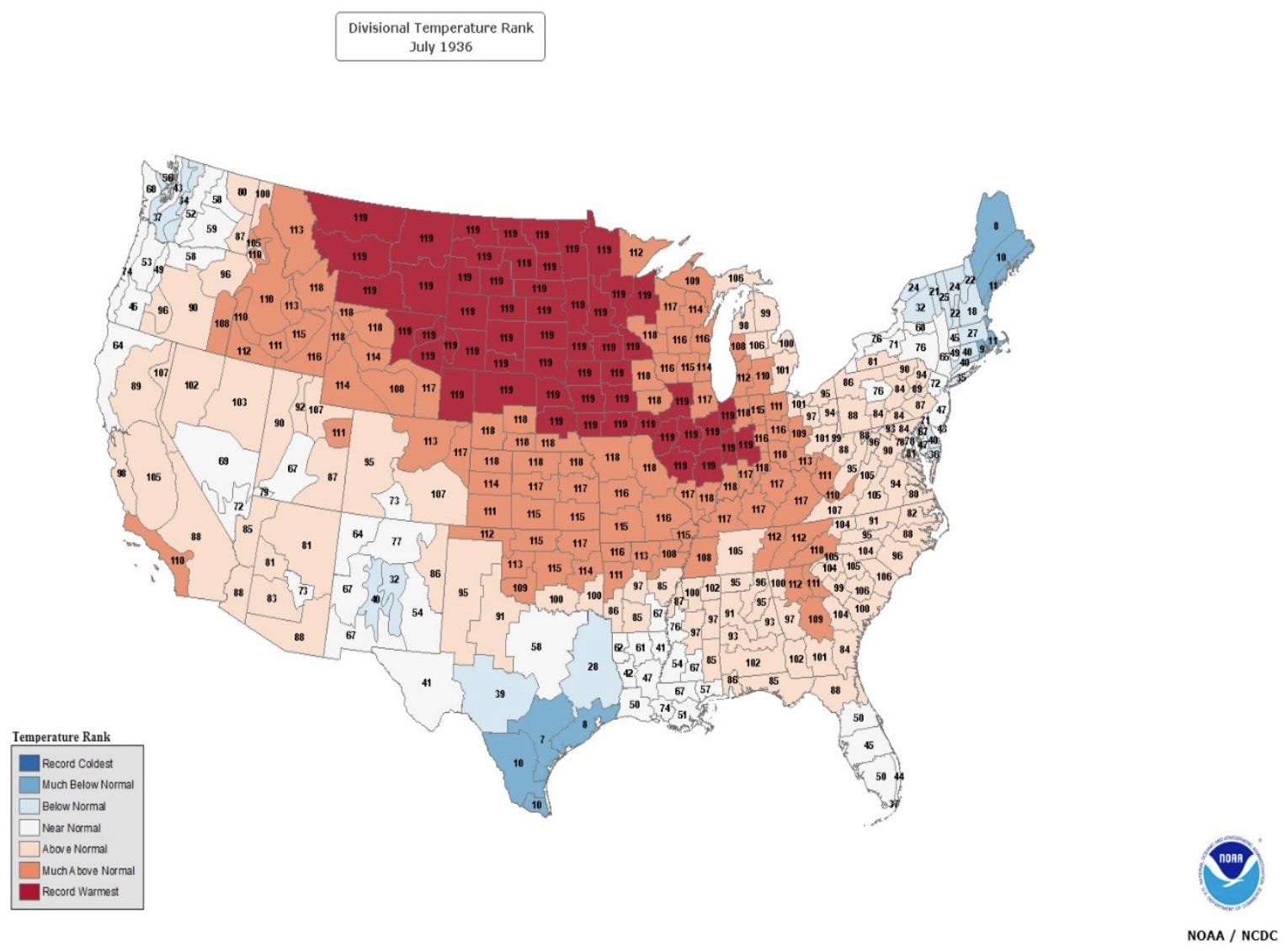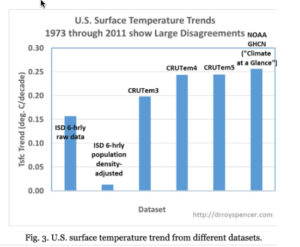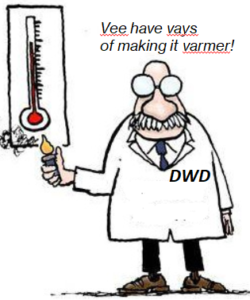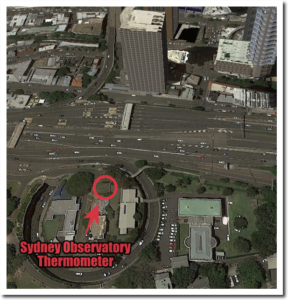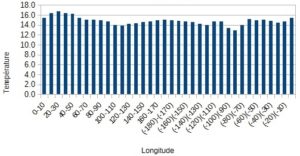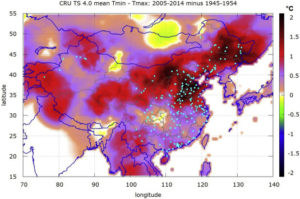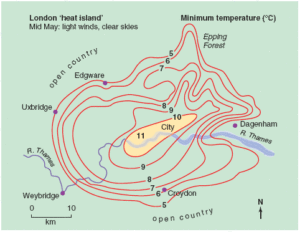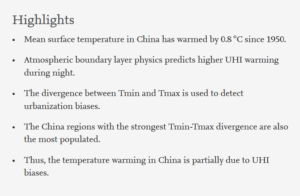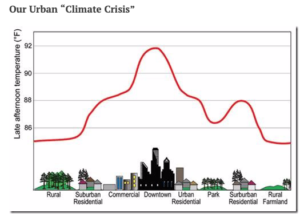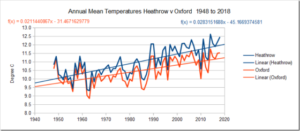by A. Watts, Oct 6, 2025 in WUWT
In The Guardian’s op-ed, “World’s major cities hit by 25% leap in extremely hot days since the 1990s,”asserts that global warming has caused a sharp rise in the number of extremely hot days in cities worldwide, citing an International Institute for Environment and Development analysis that claims urban residents from London to Tokyo now experience 25 percent more hot days each year than they did in the 1990s. The claims are highly misleading if not outright false. While cities worldwide have in fact gotten warmer, carbon dioxide increases from the burning fossil fuels are not to blame, rather data strongly suggests that the significant rise in measured temperatures in and around major cities is Urban Heat Island (UHI) effect in response to population growth and development.
The article quotes scientists as saying, “Global heating caused by fossil fuel burning is making every heatwave more intense and more likely. Extreme heat is likely to have caused the early death of millions of people over the past three decades, with elderly and poor people in fast-growing cities most deeply affected.”
One telling moment comes in The Guardian article itself, where researchers concede that “failing to adapt will condemn millions of city dwellers to increasingly uncomfortable and even dangerous conditions because of the urban heat island effect.” Precisely. It is the UHI effect, not CO₂, that drives the city heat trends.
The Guardian’s narrative collapses under scrutiny, because it ignores the UHI effect. Cities are not thermometers for the planet. They are microclimates dominated by concrete, asphalt, and glass which trap heat and bias local temperature readings upward. Peer-reviewed research by John Christy, Ph.D. and Roy Spencer, Ph.D., published in the Journal of Applied Meteorology and Climatology shows that urbanization is a major driver of observed warming at city weather stations. Their research found that UHI contributed to 22 percent of the raw observed warming trend on average, and up to 65 percent at suburban and urban stations. When examining rural stations, the effect nearly vanishes. This demonstrates that much of the increase in urban temperatures is the UHI, not global climate change. This is vividly illustrated in Figures 1 and 2 below.
…

